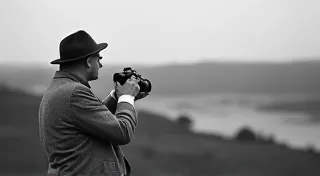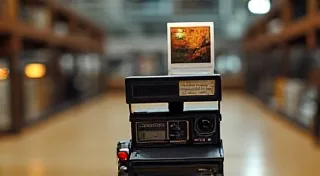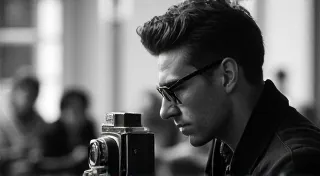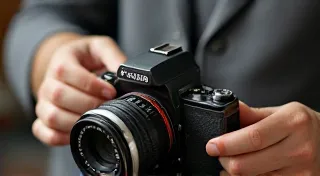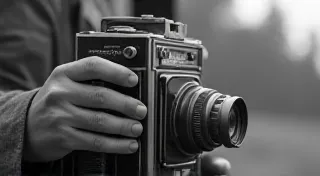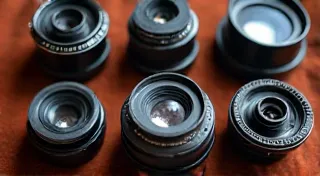Understanding Camera Shutters: Types and Mechanisms
The shutter is a critical component of any camera, acting as a precisely controlled gate that allows light to reach the film (or sensor in modern digital cameras) for a specific duration. Understanding camera shutters is essential for both appreciating the history of photography and maintaining antique cameras. This article will explore the primary shutter types found in antique and vintage cameras, explaining how they function and highlighting common issues encountered during camera repair.
Historically, the shutter’s primary function was to control exposure time, dictating how long the photosensitive material was exposed to light. Early photographic processes required precise control to avoid over or underexposure. The need for accuracy and repeatability drove innovation, often requiring complex and sometimes cumbersome mechanisms. Consider the processes involved in Wet Plate Collodion photography; shutter control was paramount to achieving a usable image. This led to the development of increasingly sophisticated shutter mechanisms, each with its own advantages and disadvantages.
Leaf shutters are perhaps the most aesthetically pleasing type of shutter, often found in rangefinder cameras and high-end vintage cameras. They consist of a series of overlapping blades that open and close to expose the lens. A key characteristic of leaf shutters is their ability to operate silently; the blades move behind the lens, minimizing the audible “click” associated with other shutter types. This characteristic made them highly desirable in situations where discretion was needed.
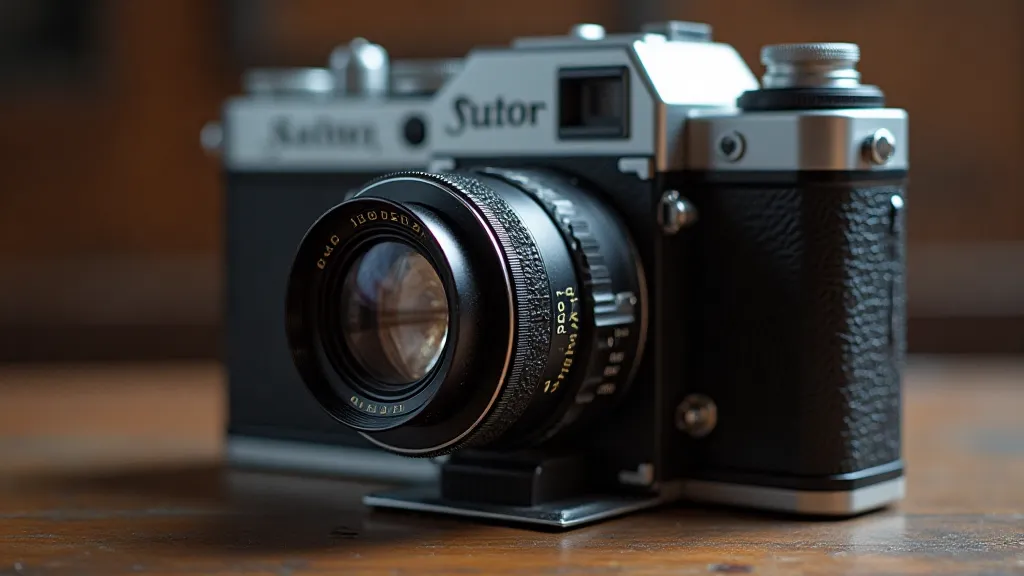
How they work: When triggered, a spring-loaded mechanism releases the overlapping leaves, causing them to quickly separate and expose the lens. The duration of the exposure is determined by the spring tension and a precise release mechanism. Complex leaf shutters may incorporate multiple sets of blades for varying speeds. Achieving consistency across different shutter speeds was a considerable engineering challenge, especially given the limitations of materials and manufacturing techniques available at the time.
Common Problems: Leaf shutters are notoriously prone to sticking or seizing, particularly in cameras that haven’t been used regularly. Dried lubricants, dust, and corrosion are common culprits. They can also suffer from blade fatigue and cracking, especially in older cameras. Repairing leaf shutters often requires specialized tools and expertise. The delicate nature of these components underscores the importance of careful handling and regular maintenance. The cost and complexity of repairing a seized leaf shutter can sometimes outweigh the value of the camera itself.
Focal plane shutters represent a significant technological advancement, allowing for faster shutter speeds and simpler construction. Unlike leaf shutters, the focal plane shutter sits in front of the lens. When triggered, a slit moves across the film plane, exposing the film as it travels. The development of the focal plane shutter revolutionized photography by enabling quicker and more dynamic image capture.
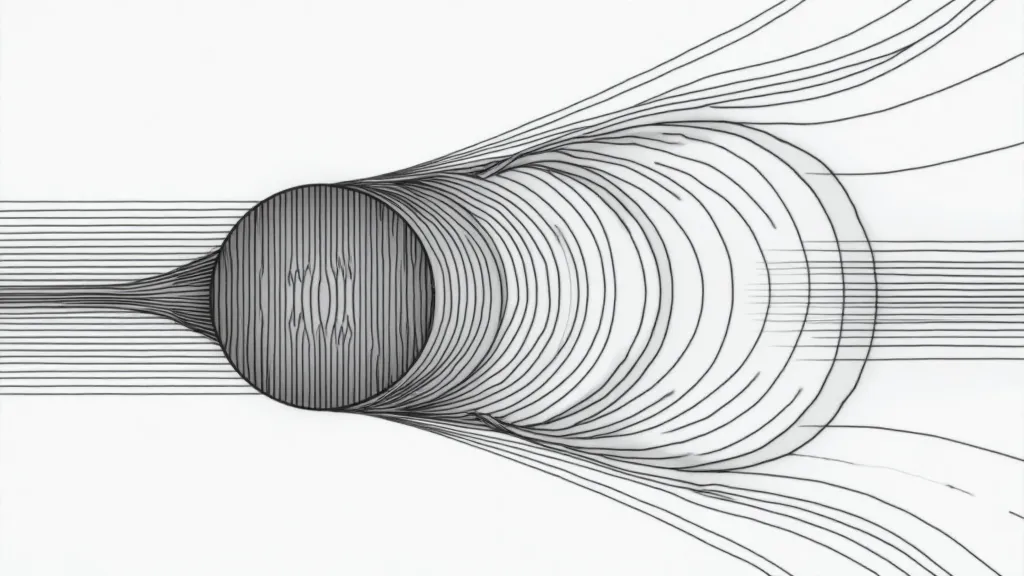
How they work: The shutter consists of a metal curtain or fabric covering the film plane. When activated, this curtain rapidly moves across the film, exposing it to light. The speed at which the curtain moves determines the shutter speed. Focal plane shutters are typically found in SLRs (Single Lens Reflex) cameras and many medium format cameras. The early iterations were often unreliable but ongoing refinement significantly improved their consistency and longevity.
Common Problems: Focal plane shutters can suffer from a variety of issues, including:
- Sticking: Similar to leaf shutters, dust and dried lubricant can cause the curtain to stick.
- Tears: The curtain material (often cloth or metal) can tear, especially with frequent use.
- Slow Speeds: Accumulation of debris or weakened springs can affect the accuracy of slower shutter speeds.
- Synchronization Issues: In cameras with flash synchronization, problems with the shutter’s timing can lead to underexposed or overexposed flash photos. Achieving accurate flash synchronization was a complex issue, particularly in early SLR designs.
While leaf and focal plane shutters are the most common types encountered in antique cameras, other designs existed. These include:
- Simple Cloth Shutters: Early photographic processes employed basic cloth shutters that were manually pulled across the lens. These rudimentary systems were prone to inconsistencies and required significant operator skill.
- Blade Shutters: Similar in concept to leaf shutters but using a limited number of blades. These were often simpler to manufacture but less silent than leaf shutters.
- Sectoral Shutters: Used in some early box cameras, these used a rotating sector with a hole to control exposure time. These were extremely basic and offered limited control.
The drive to make photography accessible to the masses significantly shaped the evolution of shutter design. Early photographic processes were complex and required specialized equipment and expertise, making photography the domain of professionals and enthusiasts with deep pockets. The introduction of cameras like the Kodak Brownie changed everything. By simplifying the camera and pre-loading it with film, Kodak opened up photography to a much wider audience. This shift in demand pushed manufacturers to develop simpler, more reliable, and more affordable shutter mechanisms. These new requirements meant sacrificing some of the elegance and precision found in earlier, high-end cameras, but the trade-off was worth it in terms of increased accessibility.
The desire to capture depth and perspective also spurred innovation in shutter technology. Early stereoscopic photography, which aimed to create the illusion of three dimensions, demanded precise synchronization between two cameras or lenses. These systems, often employing complex clockwork mechanisms, required shutters that could open and close simultaneously to ensure that both lenses captured the same moment in time. The challenges inherent in these early stereographic systems highlight the profound impact that artistic vision and technological innovation have upon one another.
Proper maintenance is crucial for preserving the functionality of your antique camera's shutter. Regular use (if possible) helps to prevent sticking. Periodic cleaning with appropriate lubricants (consult a camera repair manual for recommendations) can also extend the shutter's lifespan. When in doubt, seek the expertise of a qualified camera repair technician. The complexity of antique camera mechanisms often necessitates specialized knowledge and tools. Consider the challenges faced by technicians trying to restore cameras from an era when tolerances were looser and materials less durable - it’s a labor of passion and dedication. For enthusiasts interested in the history of photographic processes, studying the development of shutter technology provides a unique insight into the evolution of the medium.
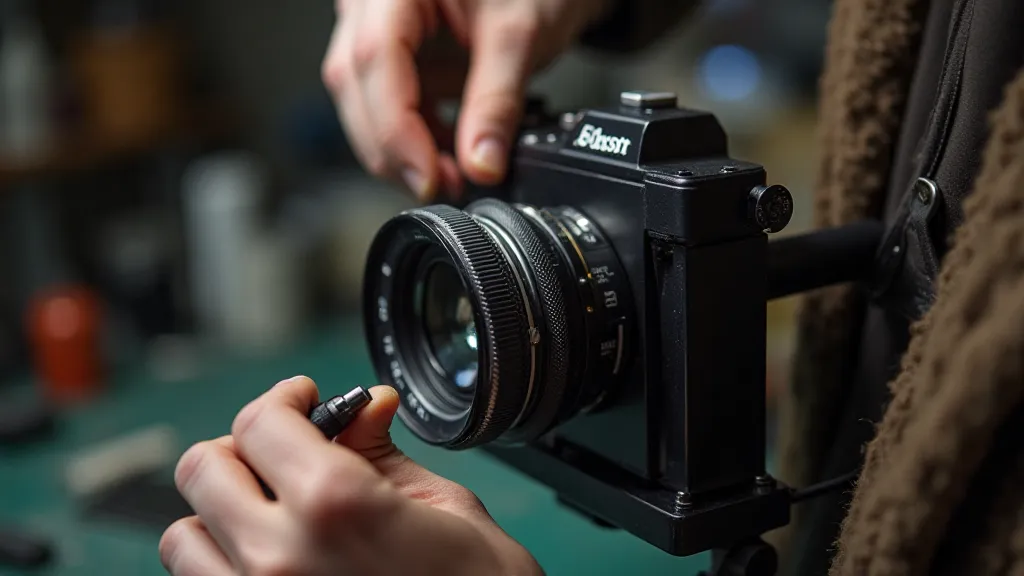
Understanding the mechanics of camera shutters not only provides insight into the evolution of photographic technology but also equips you with the knowledge to properly care for and potentially repair your treasured antique cameras. Furthermore, appreciating the limitations and innovations of early shutter designs sheds light on the ingenuity and perseverance of the pioneers who shaped the art and science of photography. The entire process, from conception to realization, demonstrates a fascinating interplay of engineering, artistry, and commercial necessity.
The evolution of shutter technology mirrors the broader history of photography, illustrating the constant push for greater accessibility, reliability, and creative control. The desire to capture the world in all its complexity has driven innovation in camera design for over a century. Many collectors find themselves fascinated by the silent dialogue between the camera, the photographer, and the moment itself - a connection forged through mechanical precision and artistic vision. From the earliest daguerreotypes to modern digital photography, the shutter has remained a vital component, connecting the photographer's vision to the tangible world.
